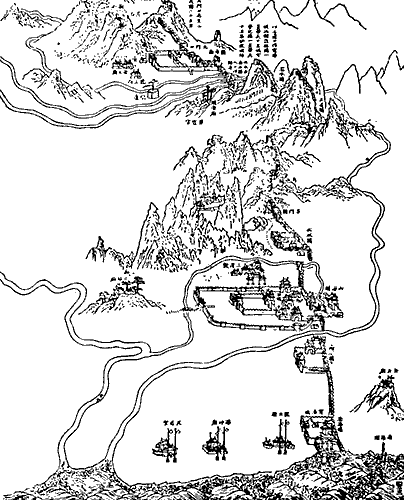Description
The transition from Ming to Qing, also known as the Manchu conquest of China or Ming-Qing transition, was a decades-long period of conflict between the Qing dynasty, established by the Manchu Aisin Gioro clan in Manchuria, and the Ming dynasty in China and later in South China. Various other regional or temporary powers were also involved in this conflict, such as the short-lived Shun dynasty. In 1618, before the start of the Qing conquest, Nurhaci, the leader of the Aisin Gioro clan, commissioned a document titled the Seven Grievances, in which he listed seven complaints against the Ming, before launching a rebellion against them. Many of the grievances concerned conflicts with the Yehe, a major Manchu clan, and the Ming's favoritism toward the Yehe at the expense of other Manchu clans. Nurhaci's demand that the Ming pay tribute to address the Seven Grievances was effectively a declaration of war, as the Ming were unwilling to pay money to a former vassal. Shortly thereafter, Nurhaci began to rebel against the Ming in Liaoning, a region in southern Manchuria.







